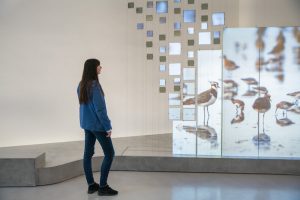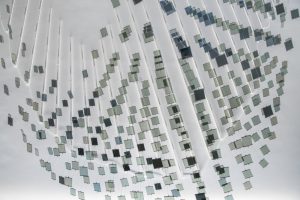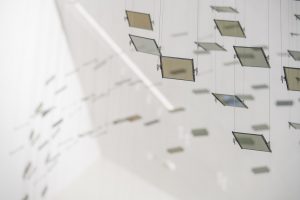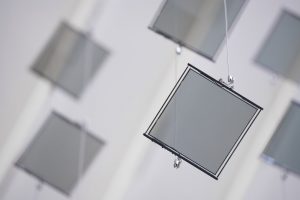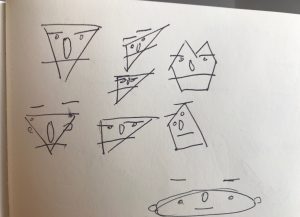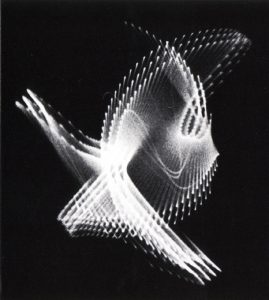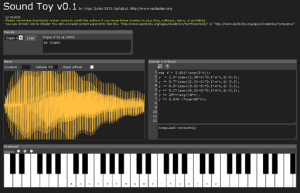/*
Rebecca Kim
Section C
rykim@andrew.cmu.edu
Project-O2
*/
//define variables
var eyeSize = 20;
var faceWidth = 250;
var faceHeight = 200;
var colorX = 200;
var petalY1 = 50;
var petalY2 = 30;
var wordNumber = 0;
var colorR = 255;
var colorG = 120;
var colorB = 120;
var y1 = 285;
var y2 = 295;
var smileY=320;
function setup() {
createCanvas(640,480);
}
function draw() {
//face
strokeWeight(5);
background(colorX,180,180);
ellipse(width/2, height/1.9, faceWidth, faceHeight);
noFill(0);
stroke(255,255,colorB);
strokeWeight(.5);
ellipse(width/2.1, height/1.95, faceWidth, faceHeight);
//eyes
strokeWeight(0);
var eyeLX = width / 2 - faceWidth * 0.25
var eyeRX = width / 2 + faceWidth * 0.25
fill(colorR, colorG, colorB);
ellipse(eyeLX, height / 2, eyeSize, eyeSize);
ellipse(eyeRX, height / 2, eyeSize, eyeSize);
//blush
strokeWeight(5);
stroke(colorR,colorG,colorB);
line(385,y1,390,y2);
line(395,y1,400,y2);
line(405,y1,410,y2);
//facial expression
noFill();
stroke(0);
strokeWeight(2);
beginShape();
curveVertex(width/2-faceWidth*.15,smileY);
curveVertex(width/2+faceWidth*.025,310);
curveVertex(width/2-faceWidth*.025,310);
curveVertex(width/2+faceWidth*.15,smileY);
endShape();
//larger flower
translate(200, 300);
strokeWeight(0);
stroke(colorR,120,120);
for (var i = 0; i < 10; i ++) {
ellipse(0, 10, 10, petalY1);
rotate(PI/5);
}
//smaller flower
translate(240, -40);
strokeWeight(0);
fill(colorX,120,120);
for (var i = 0; i < 10; i ++) {
ellipse(1, 5, 7, petalY2);
rotate(PI/3);
}
//text
var word = int(wordNumber);
if (word == 1) {
strokeWeight(.1);
textSize(12);
fill(160);
text("???", 50, 50);
} else if (word == 2){
noStroke();
textSize(20);
fill(200,160,160);
text(":-(", 50, 50);
} else if (word == 3){
strokeWeight(1);
textSize(15);
fill(255);
text(":-/", 50, 50);
}
}
function mousePressed() {
faceWidth = random(200, 300);
faceHeight = random(150, 300);
eyeSize = random(10,25);
colorX = random(180,255);
colorR = random(240,255);
colorG = random(100,150);
colorB = random(80,140);
petalY1 = random(50,80);
petalY2 = random(25,40);
word = random(0,4);
wordNumber = random(0,4);
y1 = random(275,285);
y2 = random(285,295);
smileY = random(280,350);
}Navigating the world of arcs and curves was new and a bit challenging, but nonetheless rewarding once I successfully embedded it into my code!
![[OLD FALL 2018] 15-104 • Introduction to Computing for Creative Practice](../../../../wp-content/uploads/2020/08/stop-banner.png)
